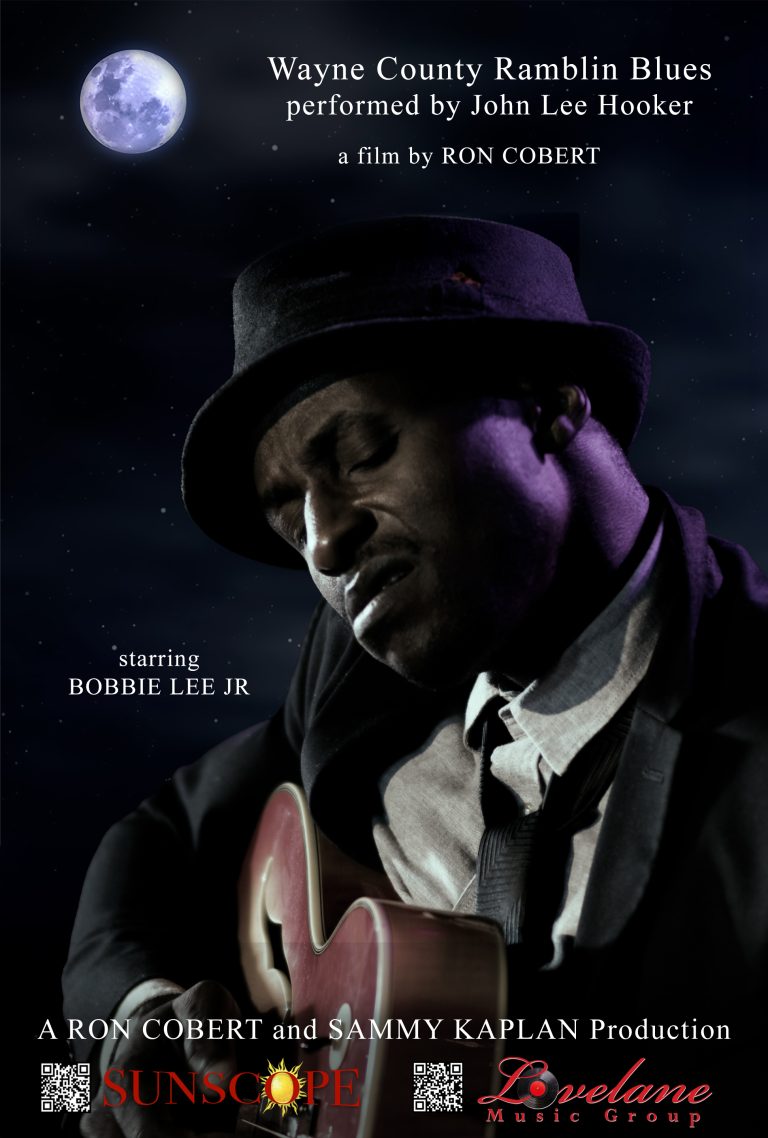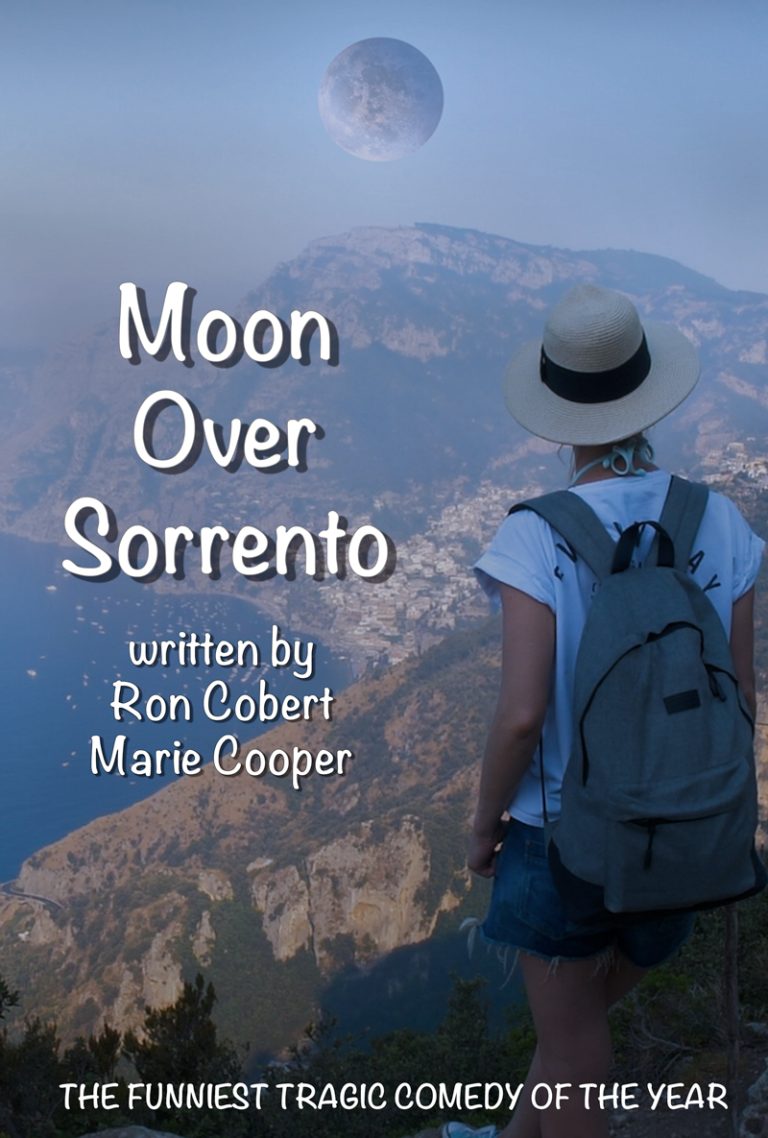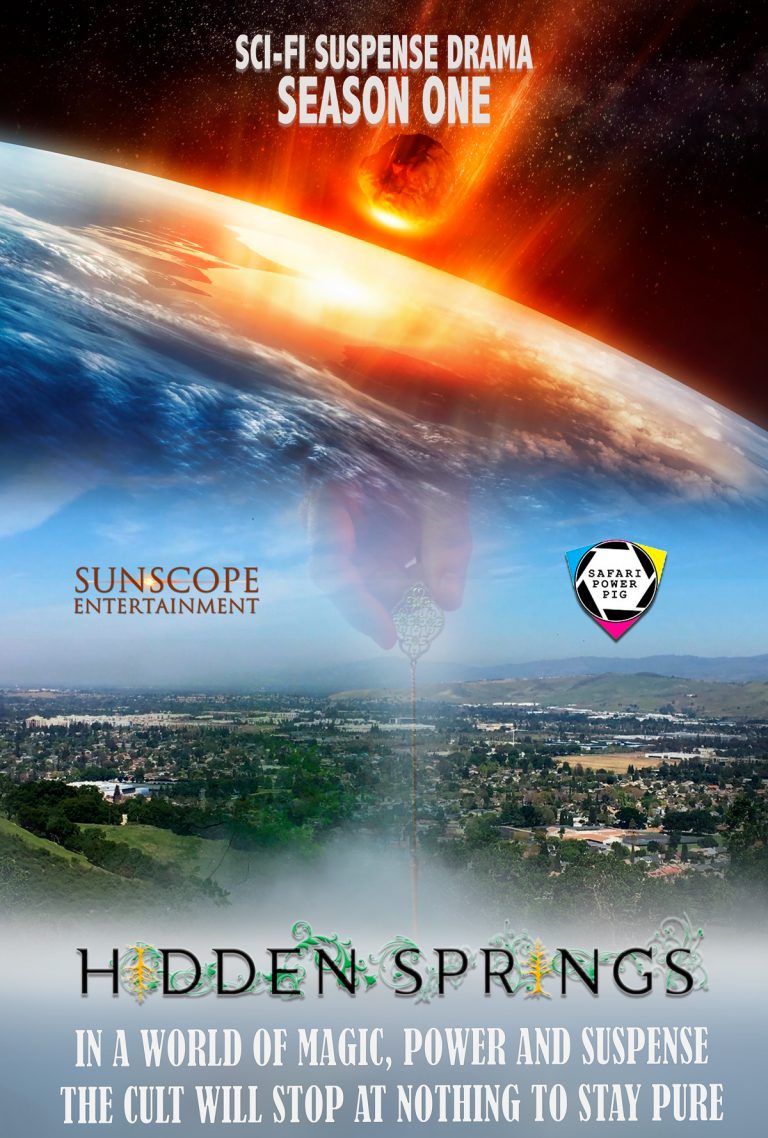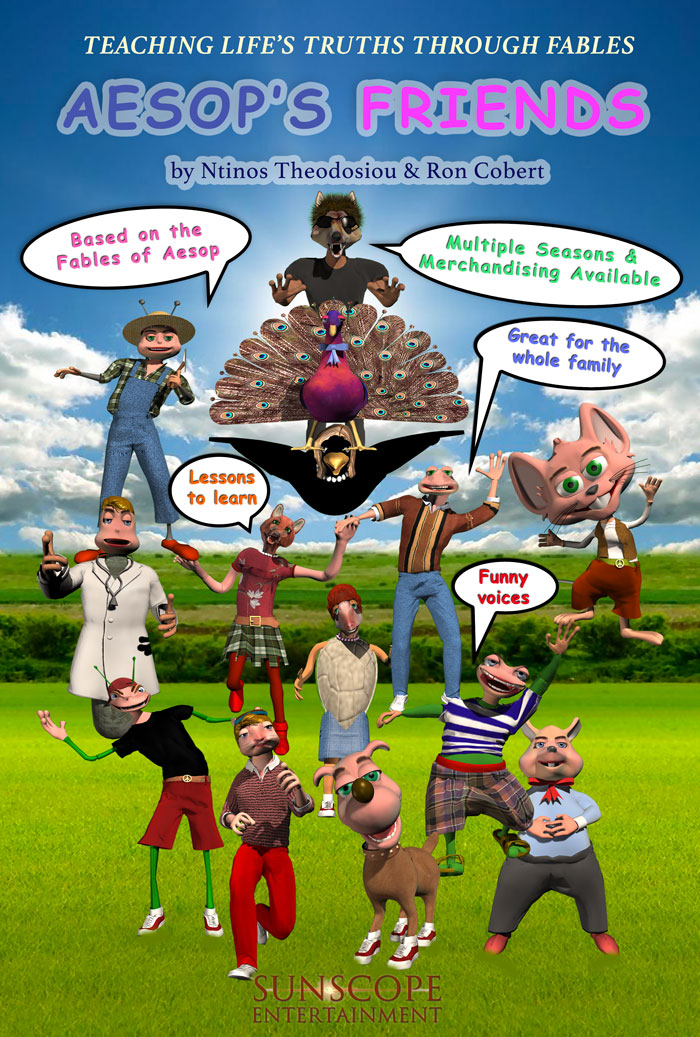Screenwriting is the art and craft of creating scripts for films, television shows, web series, and other visual media. A screenwriter is responsible for translating a story idea, concept, or narrative into a structured written format that serves as the blueprint for visual production. Screenwriting involves unique skills, including storytelling, character development, dialogue writing, and understanding storytelling’s visual and auditory aspects.
Key aspects of screenwriting include:
- Story Concept: A screenwriter starts with a story concept or idea into a compelling narrative suitable for the screen, whether based on original ideas, adaptations from books or plays, historic events, or any source of inspiration.
- Structure: Screenplays adhere to a specific format that guides the flow of the story. The Three-Act Structure is a common framework used in screenwriting, consisting of the Setup, Confrontation, and Resolution. Each act has specific story beats that help maintain pacing and engagement.
- Characters: Developing well-rounded and engaging characters is crucial in screenwriting. Characters drive the story forward through their actions, decisions, and interactions. A screenwriter must create characters with distinct personalities, motivations, and arcs.
- Dialogue: Writing authentic and effective dialogue is a fundamental skill in screenwriting. Dialogue reveals character traits, advances the plot, and conveys emotions. It should sound natural and contribute to the overall tone of the script.
- Visual Elements: Screenwriters need to think visually, describing settings, actions, and scenes in a way that allows directors, actors, and other production members to envision the scenes translating the written word into visual storytelling.
- Formatting: Screenplays have a specific formatting style that includes industry-standard layout, spacing, and presentation guidelines. Proper formatting ensures that the script is easy to read and understand by industry professionals.
- Scene Description: Scenes provide essential details without overloading the page with excessive description. Adequate scene description helps create a vivid mental image while maintaining a readable pace.
- Transitions: Screenplays also include transition elements, such as cuts, fades, and dissolves, to guide the visual flow between scenes.
- Revisions: Writing and revising are iterative processes in screenwriting. Writers often go through multiple drafts to refine the story, characters, and dialogue before the script is considered final.
Screenwriting plays a pivotal role in producing films and TV shows. A well-written screenplay is a roadmap for directors, actors, cinematographers, and other crew members to collaborate and bring a story to life on screen. The collaborative nature of the film industry means that screenwriters often work closely with directors and producers to ensure the script aligns with the project’s creative vision.












